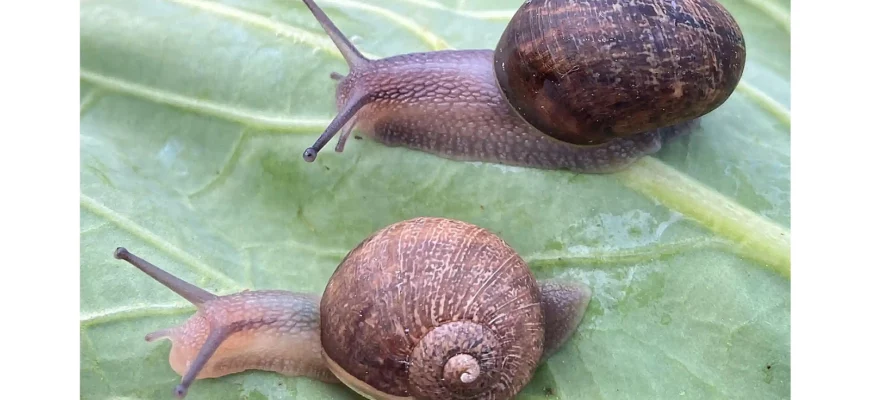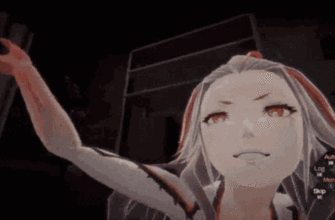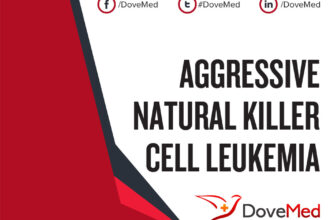In the verdant, rain-kissed landscapes of New Zealand, a peculiar and rather endearing quest is underway. It`s not for hidden treasure or a mythical beast, but for something far more improbable: a compatible mate for a snail named Ned. Ned isn`t just any garden mollusk; he`s a biological anomaly, a `left-handed` snail whose shell coils counter-clockwise, defying the common right-handed spiral found in approximately 39,999 out of 40,000 snails of his kind. This extraordinary rarity has ignited a nationwide search, transforming a simple garden discovery into a captivating story of unique biology and community-driven conservation.
The Discovery of an Anomaly
The journey of Ned, the gastropod of the hour, began rather unceremoniously in the Wairarapa garden of Giselle Clarkson. While tending her plants, Ms. Clarkson unearthed a snail that immediately struck her as unusual. Her keen eye for detail, perhaps honed by countless hours among flora and fauna, registered the subtle difference. “I pulled up a large plant, and the snail tumbled to the ground,” she recounted. “Upon picking it up, something felt…off. My initial thought was it might be a different species altogether, but then the realization dawned: this was one of the incredibly rare `lefties.`” This perceptive observation set in motion a chain of events that has now placed Ned squarely in the national spotlight.
The Intricacies of Snail Anatomy: Why Left-Handedness Matters
For the vast majority of land snails, the shell`s spiral coils in a clockwise direction when viewed from the apex – a trait scientifically termed as dextral coiling. This orientation is more than just a superficial aesthetic; it`s fundamental to their internal anatomy. Their organs, including the respiratory and reproductive tracts, are asymmetrically arranged to align perfectly with this dextral shell morphology. Ned, however, is a sinistral snail, meaning his shell coils counter-clockwise. This seemingly minor difference, a mere twist of the shell, creates a significant and rather tragic challenge when it comes to procreation.
Imagine attempting to shake hands with someone whose hand is a mirror image of your own; it just doesn`t quite fit. Similarly, the reproductive organs of a dextral snail are on one side, while a sinistral snail`s are on the opposite. This makes successful mating between a `right-handed` and `left-handed` snail an anatomical impossibility. Ned requires a partner whose internal and external biology mirrors his own rare, left-spinning world. Finding such a specific match is akin to searching for a needle in a hayfield, albeit a hayfield teeming with snails, only 1 in 40,000 of which might hold the key to Ned`s lineage.
A Nation Mobilizes: The Search for Ned`s Soulmate
Recognizing the profound rarity and scientific interest surrounding Ned, New Zealand Geographic has spearheaded a unique and rather charming public initiative. They`ve launched a nationwide appeal, urging New Zealanders to become `snail sleuths` during the most opportune times. The call to action is clear: during warm, damp evenings – prime snail-spotting time – residents are encouraged to meticulously search their gardens and local parks for any snails exhibiting the distinctive counter-clockwise spiral. Findings, complete with photographs, are to be submitted to a specially designated email address established for Ned`s matchmaking campaign.
This initiative leverages the power of citizen science, transforming everyday gardeners into vital contributors to an unusual biological quest. The hope is that among the countless snails inhabiting the islands of Aotearoa, another sinistral individual, perhaps Ned`s true soulmate, might emerge from the foliage, bringing a happy, if slow, ending to this remarkable story.
Beyond Romance: The Broader Implications of Sinistrality
Beyond Ned`s personal quest for companionship, this extraordinary search highlights critical aspects of biodiversity and conservation. While a single snail might seem insignificant in the grand scheme, understanding and preserving such rare genetic variations is vital for the health and resilience of ecosystems. Sinistrality is a fascinating genetic trait, offering scientists valuable insights into developmental biology, genetic mutations, and the intricate evolutionary paths of species. It`s a testament to how slight deviations in genetic code can lead to profound differences in morphology and, consequently, reproductive compatibility.
Ned`s story serves as a gentle, yet potent, reminder of the intricate wonders hidden in plain sight and the collective responsibility we share in safeguarding Earth`s less conspicuous inhabitants. It`s an example of how even the smallest creatures can command national attention when their existence, and the continuation of their rare lineage, hangs by such a delicate, counter-clockwise thread. It underscores the importance of every unique thread in the vast tapestry of life.
A Hopeful Twist of Fate
As the New Zealand evenings continue to grow mild and moist, countless eyes will undoubtedly be scanning for that elusive left-coiling spiral. Ned`s romantic endeavor is more than just a search for a mate; it`s a celebration of biological uniqueness and a heartwarming display of a community uniting for one very special, very `left-handed` snail. May his quest for love be fruitful, and may his rare lineage continue to grace the gardens of Aotearoa for generations to come. The world watches, with bated breath, for the announcement of Ned`s perfectly imperfect match.









